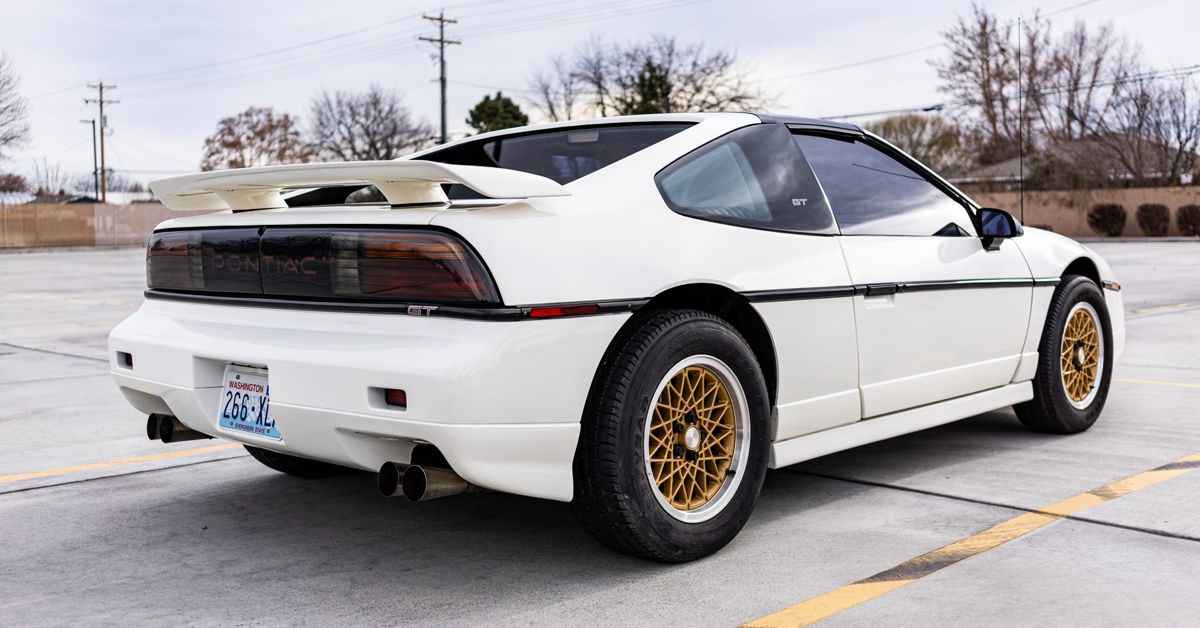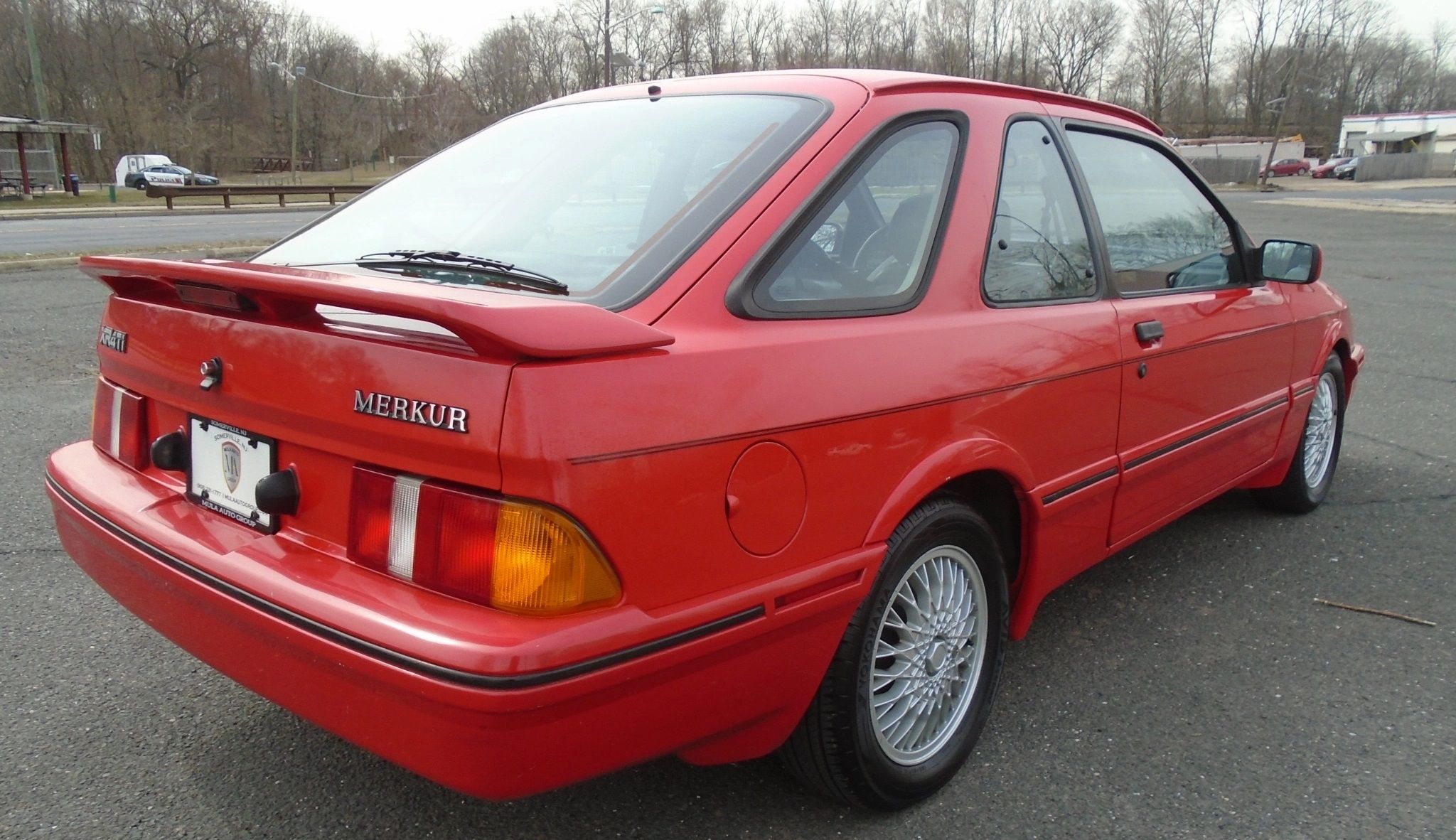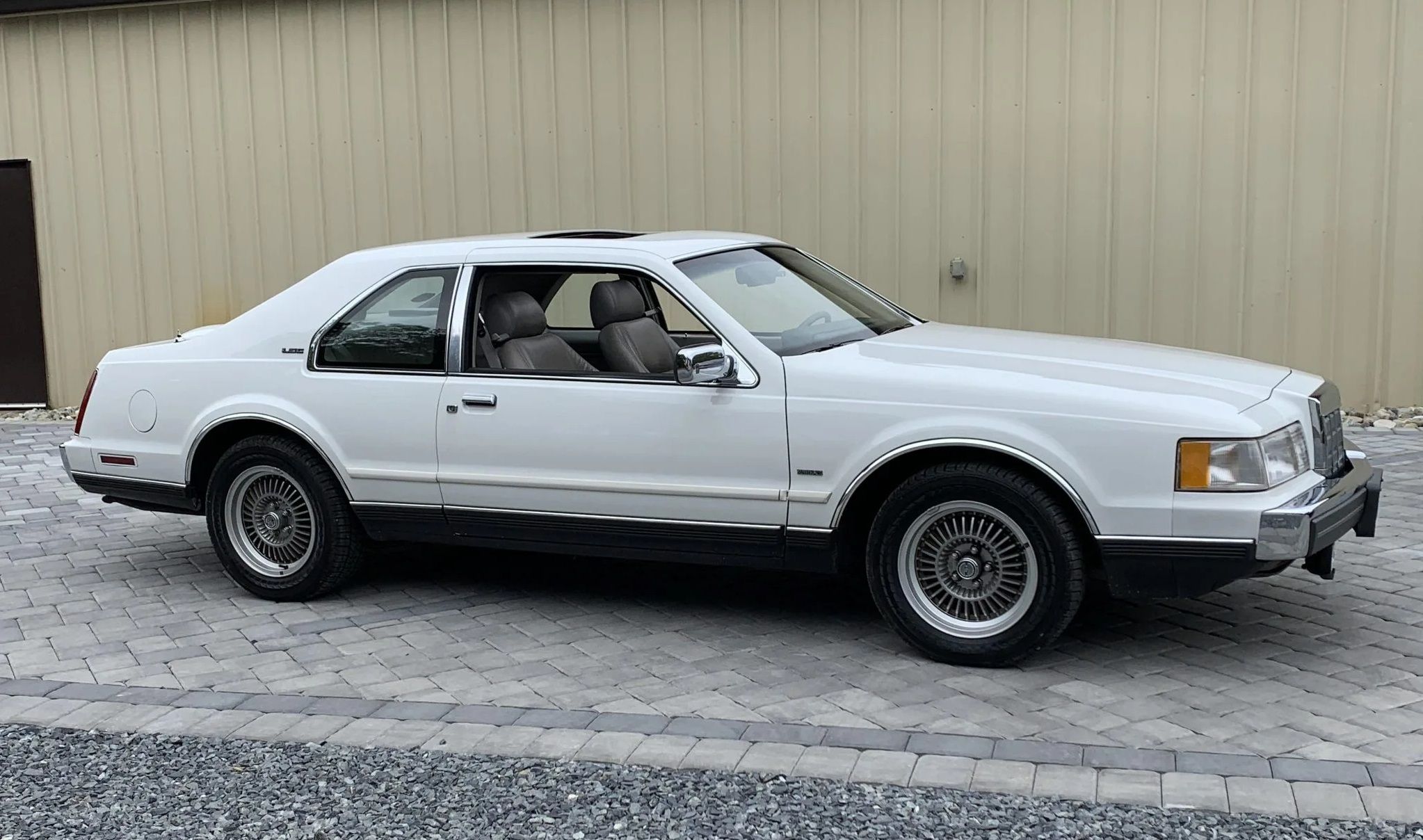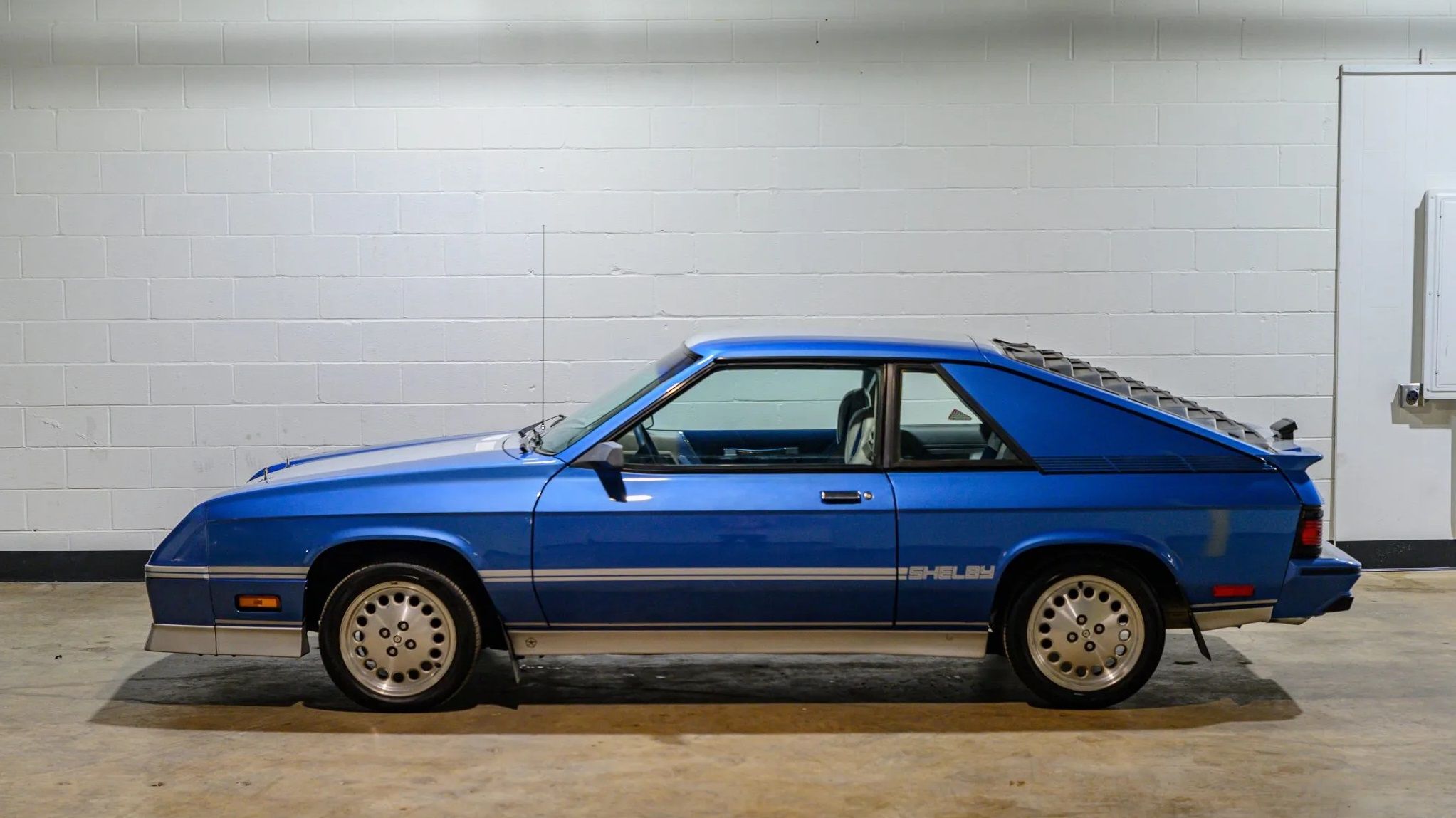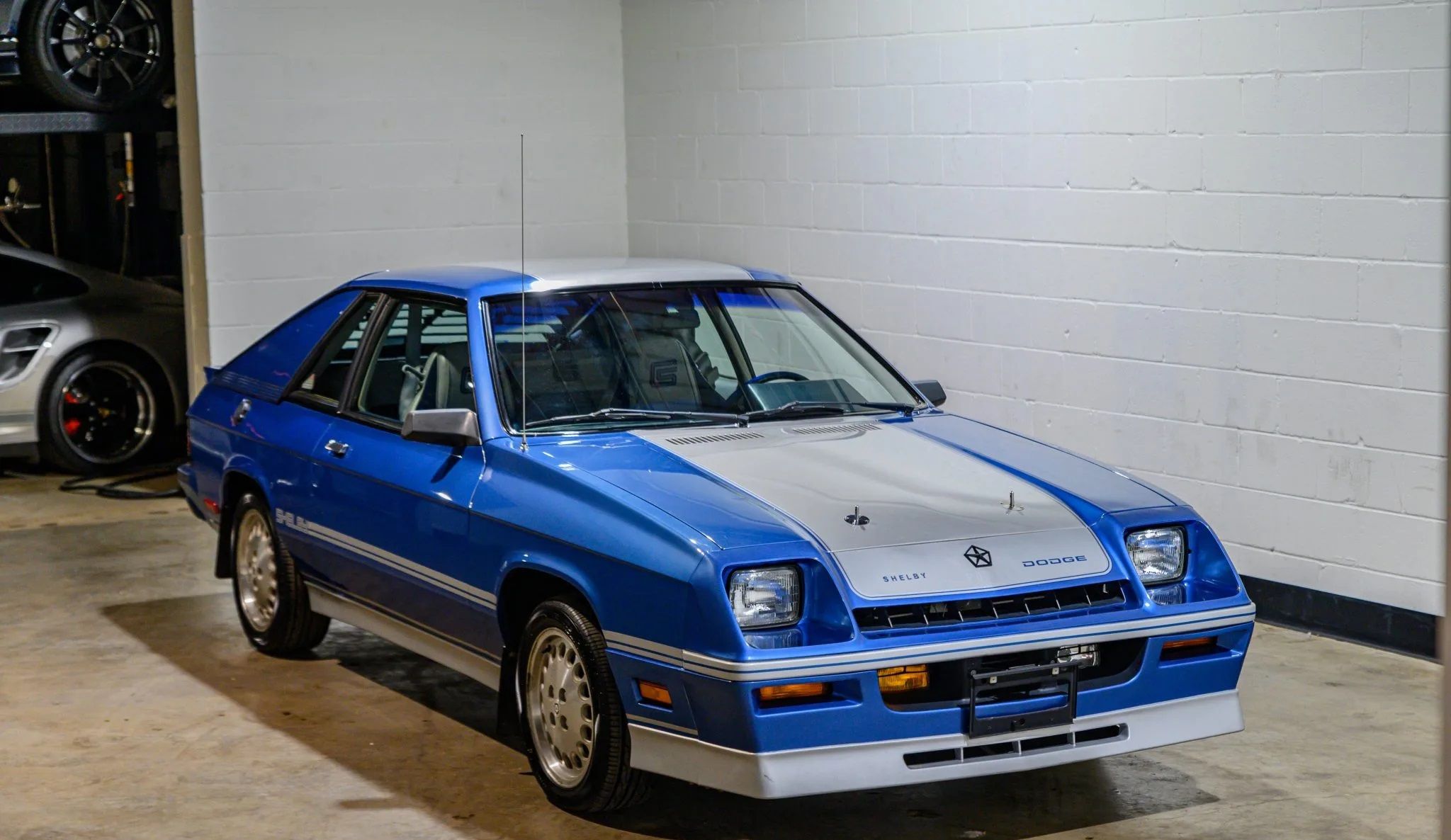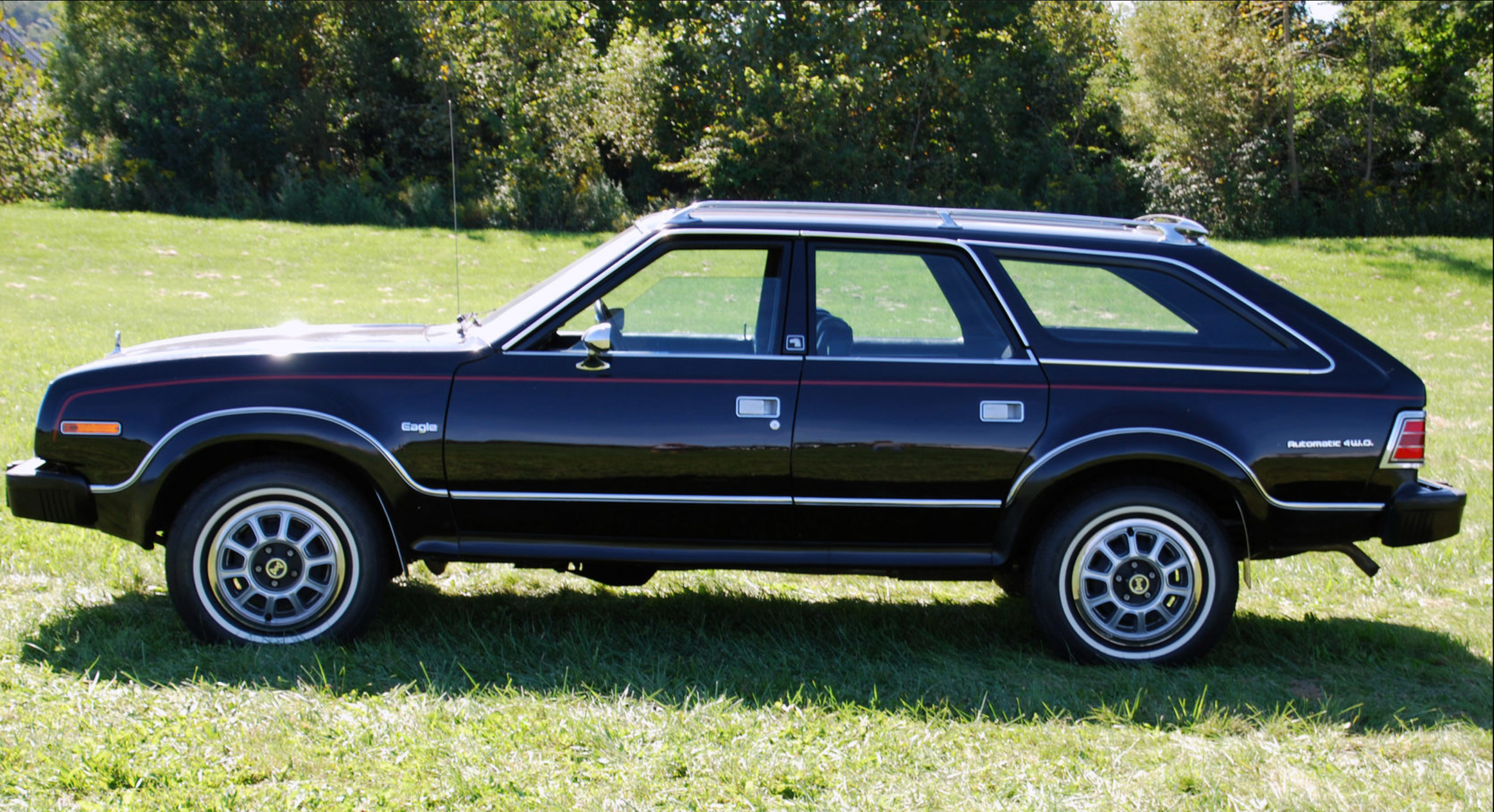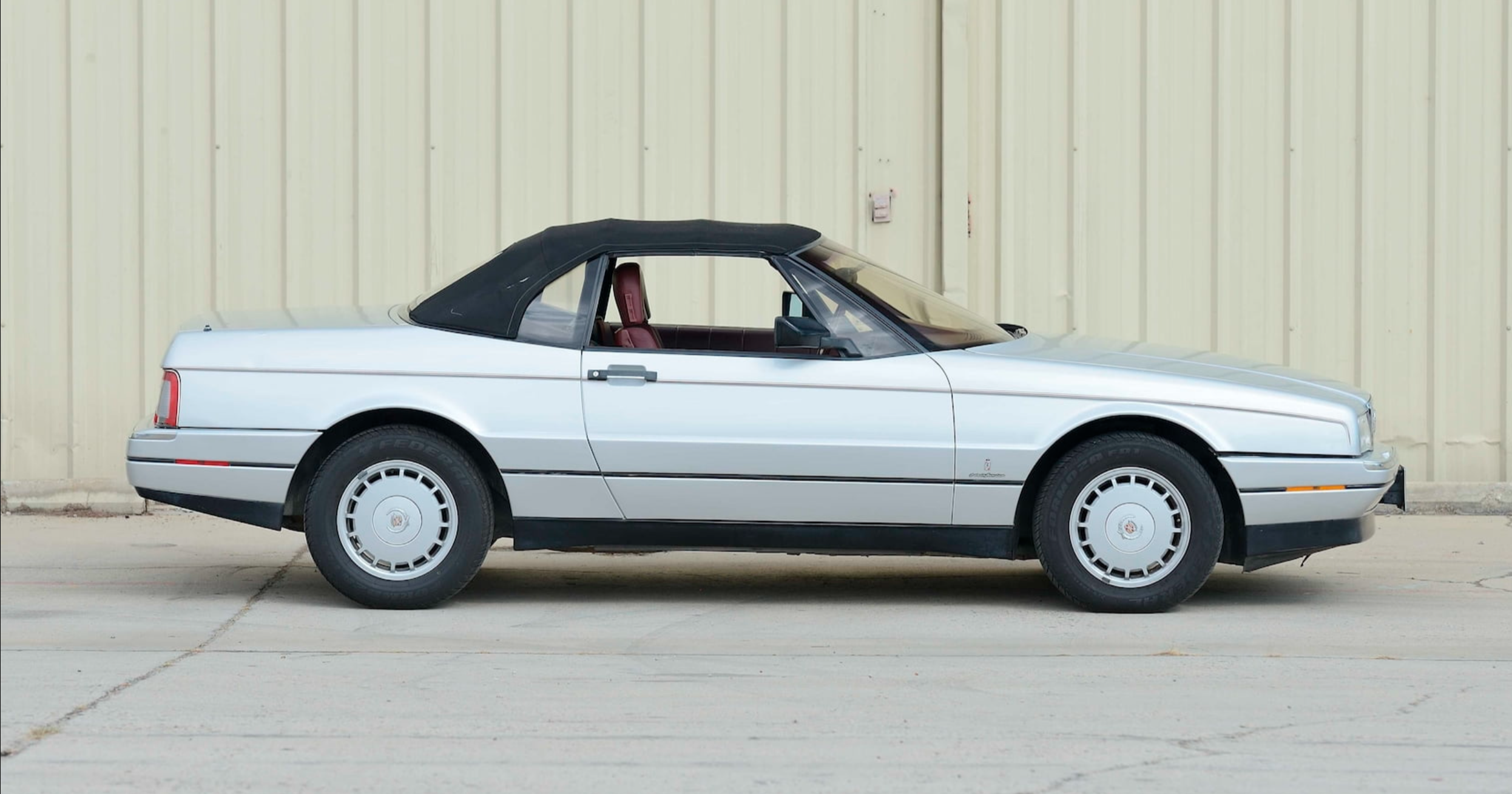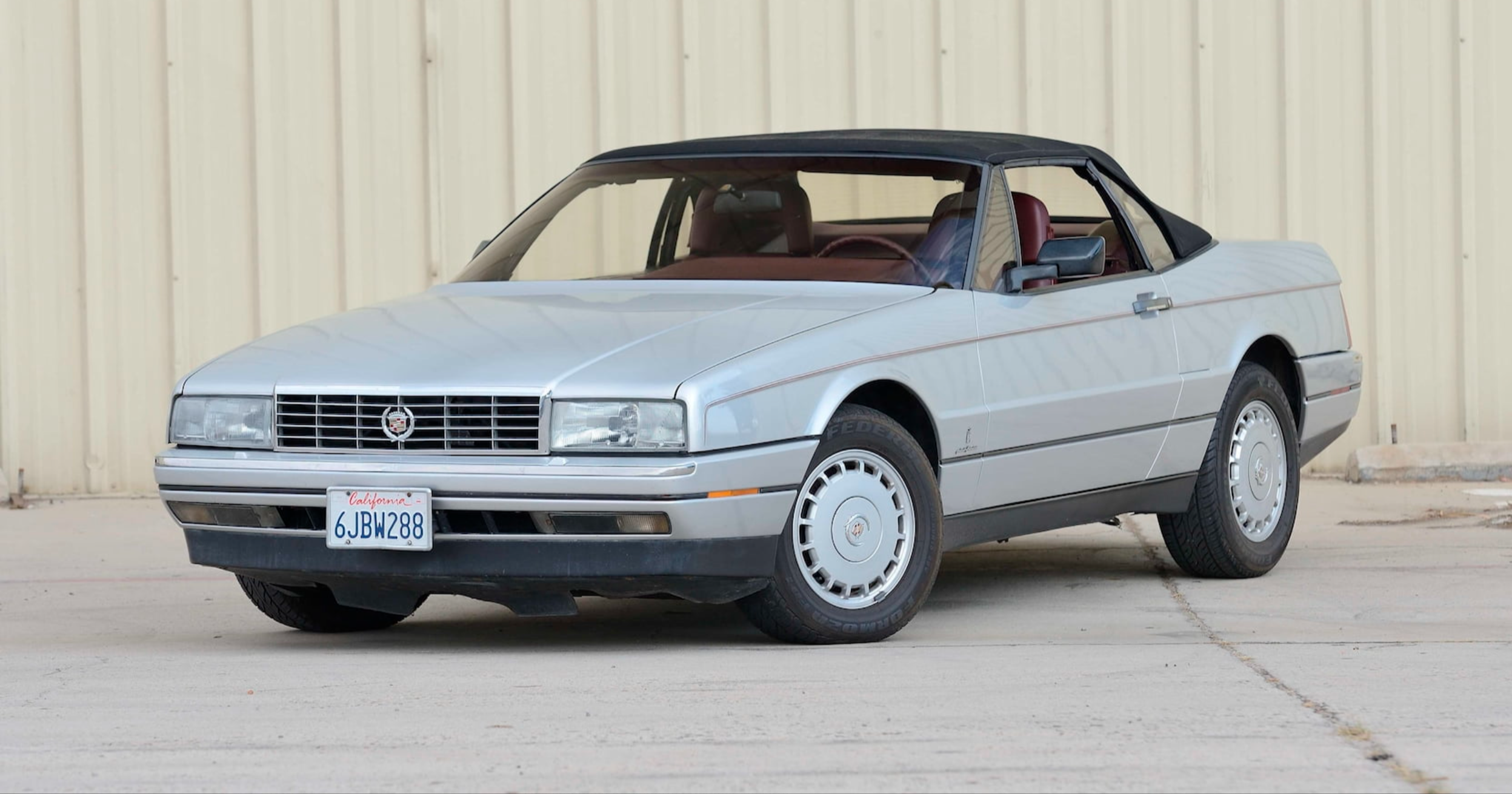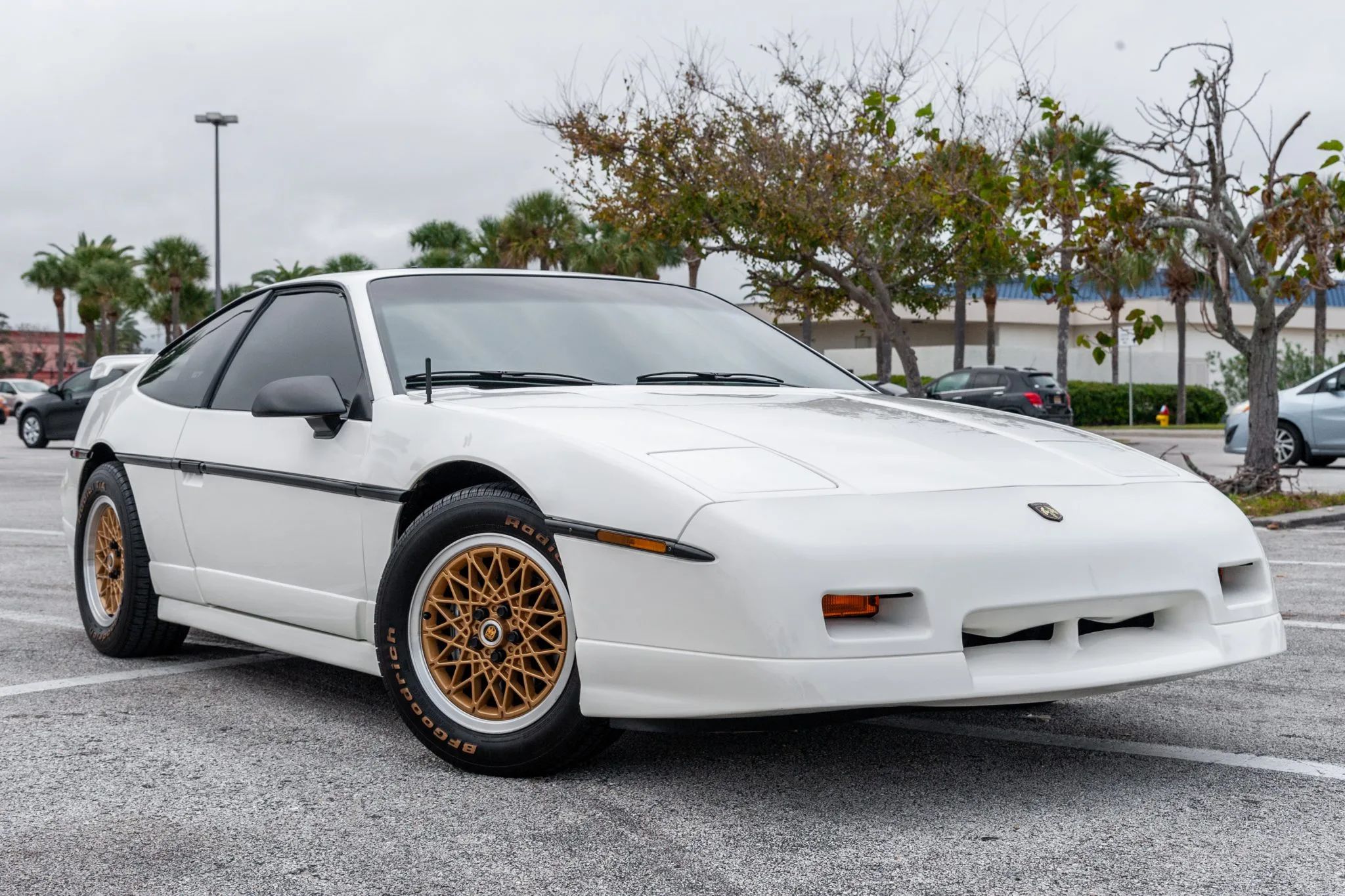These ’80s American cars are appreciated more today for their innovation than they were when first released.
10/10 1989 Merkur XR4Ti
The Merkur XR4TI represented a failed attempt by Ford to bring a high-performance 3-door hatchback European import to America and find success. Essentially a souped-up version of a Ford Sierra manufactured in Germany, automotive executive Bob Lutz had to make several changes with the Merkur to meet regulations in the United States.
Often considered an American BMW, in 1985, the Merkur XR4Ti launched with a 2.3 liter Lima engine instead of its European cousin’s V6 engine. Despite rave reviews from car magazines that would predict a modern cult following, dealers were hesitant to push the oddly named Merkur with its slim profit margins leading to its retirement in 1989.
9/10 1987 Renault Alliance
The rough economic conditions of the late 1970s forced AMC to partner with French automotive company Renault, and in 1983 out of this partnership the subcompact Alliance was born. Aimed squarely at the fuel-efficient Japanese imports of the era, the Alliance was seemingly the right car at the right time and won the 1983 MotorTrend Car of the Year award.
Unfortunately for the Alliance, gas prices would soon drop off, and AMC could no longer hold off the competition of the Big Three, being purchased by Chrysler in 1986. While it ultimately was canceled by 1987, the Alliance was an admirable attempt to introduce more fuel-efficient cars to the American market.
8/10 1988 Lincoln Mark VII LSC
As one of the most famous and enduring lines of full-sized American luxury vehicles, the Lincoln Mark series sought to better compete with European luxury sedans when the Mark VII was introduced in 1984. Compared to its foreign competition, the Mark VII was reasonably priced and offered new technologies including 4-channel anti-lock brakes and a fully digital dashboard.
The Mark VII’s famous hump over the spare tire in the back was not met with approval by many drivers looking for a sleek sophisticated European-inspired design, and the VII failed to become a particularly successful entry in the Lincoln Mark’s history. Regardless, the LSC variation is often referred to as the hot rod of Lincoln luxury cars and still has a devout following today.
7/10 1983 Cadillac Cimarron
The 1983 Cimarron has an unfortunate reputation as one of the least inspired Cadillac models of all time. Famously ridiculed for being a rebadged version of a modest Chevrolet Cavalier, the Cimarron nevertheless was a valiant attempt to make a more compact luxury sedan.
In fact, in reviews, the Cimarron performed admirably with more than capable handling and braking, although its four-cylinder engine only maxed out on standard versions at a disappointing 88 hp. The Cimarron’s brief run drew to a close by 1988, but by then Cadillac had made several improvements including a more powerful standard V6 engine.
6/10 1984 Dodge Shelby Charger
Following a less-than-successful attempt to convert the Dodge Charger into a luxury car in the last half of the 1970s, the car returned to its performance roots with the reinvention of the Charger as a hatchback coupe in 1982. To add even more power and racing heritage to the Charger, Carroll Shelby was brought on board to create a Shelby Charger muscle car.
The Shelby Charger was never produced in volumes that could compete with larger sports cars like the Dodge Daytona, and manufacturing ceased in 1987. Still, this fairly compact hot-hatch was unusual for an American car at the time, and its performance and styling make the Shelby Charger worthy of more attention among 1980s muscle cars.
5/10 1983 Mercury Capri RS
Built on the same Fox platform as the Ford Mustang, the European-inspired Capri arrived in 1983 with some notable differences in styling with only a 3-door hatchback version available. A revamped Capri RS shipped with a V8 engine was a more than legitimate pony car, and while rare to find these days, the Capri is easily identifiable with its bubble back.
To some extent, the Capri RS may have been a victim of its own success. The Capri which was performing well on racetracks was seen as a threat to the traditional Ford Mustang and was no longer sold after 1986.
4/10 1980 AMC Eagle
Constantly overshadowed by the offerings of GM Ford and Chrysler, AMC knew they needed to come up with something innovative to stand a chance of survival. The AMC Eagle accomplished just that, serving as the only four-wheel drive passenger car in the United States market, able to transverse any type of terrain.
Despite initial strong sales, eventually, the AMC Eagle was grounded in 1988 due to the growing popularity of minivans. Nevertheless, the Eagle which is best remembered for its station wagon version was undoubtedly a precursor for the popularity that SUVs and crossovers enjoy today.
3/10 1987 Cadillac Allante
The Cadillac Allante was part of GM’s vision to bring a luxurious 2 seater convertible to America that could compete with such European open-air high-end cars like the Mercedes-Benz 560 SL. Producing the Allante was a challenge for GM, with a unique chassis and body built in Italy before being shipped to Detroit where V8 engines were installed.
The Allante came with a dashboard and controls that resembled a spaceship more than a car, but its somewhat muted performance, surprising lack of a powered convertible top in early models, and astronomical manufacturing cost led to its demise by 1993. Today, the Allante is priced much more reasonably on the used-car market and is an affordable example of late 1980s automotive innovation.
2/10 1982 Chevrolet Corvette
The 1982 Chevrolet Corvette often gets criticized as being the worst-performing iteration of the legendary American sports car. The last of the C3 generation of Corvettes, the 1982 model was a culmination of American manufacturers’ efforts to make even the highest-performance sports cars more fuel efficient.
The 1982 Corvette with its V8 engine only could manage 200 hp, and it seemed as appropriate a time as ever for Chevrolet to skip a 1983 release entirely. However, the 1982 Corvette effectively set the stage for the C4 generation, with its Cross-Fire fuel injection system helping to provide more efficient performance. This C3 represents a unique opportunity to own an example of classic 1970s Corvette styling with more modern advancements than it was initially given credit for.
1/10 1988 Pontiac Fiero
The Pontiac Fiero is usually a staple on any list of underrated 1980s American sports cars. As a unique mid-engined coupe with mediocre power, the Fiero was conceived with the idea of being a sporty small commuter car rather than a beast on the racetrack.
Despite being recalled for an unfortunate series of engine fires, it may be surprising to learn that the Fiero performed extremely well in NHTSA crash tests. In 1988 before it was discontinued, the Fiero was granted a steering and suspension overhaul, making this fun-to-drive compact Pontiac car an attractive option for bargain sports car hunters.
